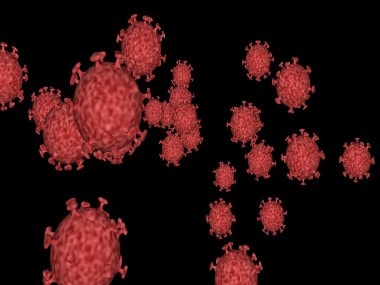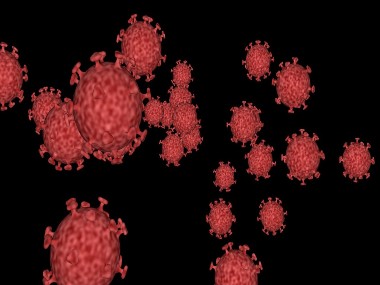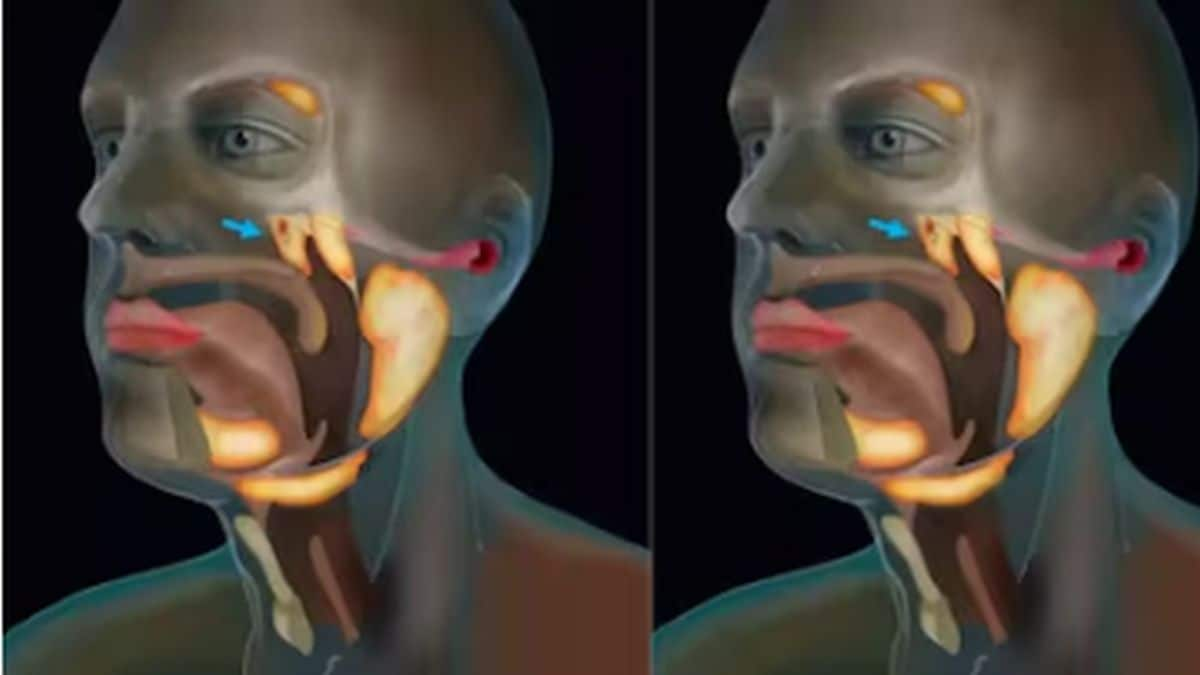A recent study that was reportedly done at the National Institute of Biomedical Genomics, West Bengal suggests that there are at least 11 different strains of SARS-CoV-2 (the causative agent of COVID-19) in the world. A strain is a subtype of a virus that is created due to a mutation in the genome (genes) of the said virus. For the study, scientists at the National Institute of Biomedical Genomics studied more than 3,600 samples of the SARS-CoV-2 genome collected from various countries (around 55) of the world. These samples were then studied to look for similarities and differences. [caption id=“attachment_8237661” align=“alignleft” width=“380”]  Representational image. Image by HenkieTenk from Pixabay.[/caption] As per the study, the original strain of the COVID-19 causing virus was named O type or ancestral type. But from this strain at least 10 different strains had originated. Out of these 10 new strains, a strain called A2a is currently the most prevalent in the world as well as in India. The study claims that if a vaccine is to be made, it should be made against this strain.
The A2a strain
The A2a strain reportedly has an advantage over its peers in that it can better bind with the ACE-2 receptors in the lungs - which is what the SARS-CoV-2 virus uses to enter into healthy cells. This happened due to a change in a single amino acid (building blocks of proteins) — from aspartic acid to glycine — in the spike protein of the virus. The stronger this virus binds to its receptors the more chances of it entering a healthy cell and replicating.
Viral mutations
A mutation is a change in the DNA or, in the case of SARS-CoV-2, the RNA sequence of an organism, which may or may not be significant enough to give an evolutionary advantage to the said organism. In most cases, only the mutations that give a selective advantage to a virus to survive better in a said system will be allowed and the others will be eliminated by natural selection. Unlike what most people think, mutations are quite common and occur spontaneously during the replication of DNA - every cell has to make a new copy of nucleic acid when they divide. In most organisms, these mutations are corrected by a proofreading mechanism. SARS-CoV-2 also has one such proofreading mechanism that has kept a lot of its genes conserved so far. Still, a study done in China has previously suggested that there were at least two different types of SARS-CoV-2 in China during the beginning of January 2020. The S type of the ancestral type is less virulent and the L type is more virulent. After early January, the presence of L type has significantly reduced and S type is more commonly seen. The presence of L types strain is being considered a possible cause of high death rate in Gujrat, though there isn’t strong evidence to prove this, apart from a single genome studied at Gujrat Biotechnology Research Center. It is important to note that not all viruses have an efficient proofreading system in place. The machinery that RNA viruses use to replicate its genetic material is prone to faults and hence most RNA viruses quickly develop new strains. Studies indicate that a mutation occurs almost every replication cycle of an RNA virus and a single person may have several mutants of the same virus in their body. DNA viruses, on the other hand, mutate much less - about a single mutation after several thousand rounds of replications in some cases. Apart from proofreading errors, damage to the nucleic acid and inability to correct the errors after replication are some causes of mutation in viruses. For more information, read our article on Why SARS-CoV-2 affects the lungs. Health articles in Firstpost are written by myUpchar.com, India’s first and biggest resource for verified medical information. At myUpchar, researchers and journalists work with doctors to bring you information on all things health.


)

)
)
)
)
)
)
)
)



